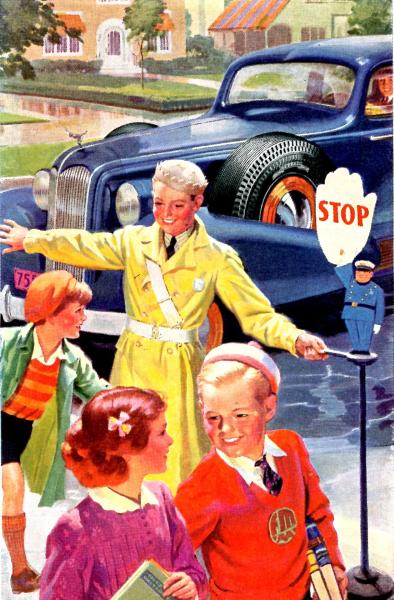The Pew study found that concerns about side effects and how the vaccine works are the principal reasons that 49% of the adults surveyed "probably or definitely" would not get vaccinated. More were concerned about a "rush" to production. About three-quarters of Americans (77%) say it is at least somewhat likely that a vaccine for COVID-19 will be approved and used in the U.S. before it's fully known whether it is safe and effective, including 36% who say this is very likely to happen
Even more problematic is 46% of the adults' response that it was likely that insufficient numbers of the population would be immunized to create the herd immunity we desire. Hopefully, that is not a self-fulfilling prophecy. The article characterizes the respondents by political affiliation, which makes for clicks. Still, it skirts the real issue for both sides of the aisle, a growing national distrust of experts and institutions.
The reason I mention this at all was this vaccination fact when we faced a prior pandemic. In 1953 there were 35,000 cases of polio among children. Within a year of the mass vaccination program using the Salk vaccine, that number dropped to 5,600 and within four years to 161. Why was a mass vaccination program successful then?
"'Ouch,' That cry echoed through the halls of 13 Los Angeles elementary schools yesterday as the City Health Department opened its campaign to immunize 300,000 children against polio.
Between now and June, Salk vaccine supplied by the state will be made available in more than 500 public and parochial schools for pupils who haven't yet been inoculated."
 I remember that time; I was one of the second graders lined up to receive the Salk injection in my elementary school auditorium. We lined up not by government mandate but due to a confluence of forces.
I remember that time; I was one of the second graders lined up to receive the Salk injection in my elementary school auditorium. We lined up not by government mandate but due to a confluence of forces.
Polio was feared, much like some of us fear COVID-19. And polio struck our most precious, the children just as COVID-19 attacks our most frail. But I do not believe fear was the sole motivator. Another seemingly significant force was the National Foundation for Infantile Paralysis (NFIP), we would know it as the March of Dimes. [1] an organization whose mission was to end polio. Its fund-raising efforts were instrumental in fueling the work of both Drs. Salk and Sabin. Their initial efforts were championed by President Roosevelt, himself a victim of polio. President Roosevelt's stature grew with the victory in World War II and his death while in office. That halo was shared with the NFIP.
The other less tangible driver was the shaping of public sentiment and behavior by World War II. The nation mobilized, rationed food and gas, took on new roles, and sent a generation off to war. The armed forces trained a generation to care about "their buddies," they fought to protect each other, just as much, if not more than to protect "the flag." When that generation came home, there found services and benefits provided in gratitude to jumpstart the economy.
Many believe that the experience of working as a team, sacrificing for one another, shaped the conveniences of the 50's. For example, those Swanson TV dinners, with a piece of brown meat, a bit of mashed potato and green beans tucked to the side, and an "apple brown betty" desert squarely in the center. They were the consumer version of the Army's K rations. Much of the New York City Housing Authority (NYCHA) development occurred after World War II, creating high rise apartments that might be considered a friendly version of barracks.
My point is that public sentiment was both more trusting of a government that had seen them successfully through war and more inclined to collaboration than independent behavior. Those feelings have receded along with The Greatest Generation. Our distrust of our government, as well as our belief in the primacy of our rights over our responsibilities, is making this pandemic more difficult. If and how we restore that trust will shape how and when the pandemic ends.
[1] The March of Dimes got its name as a play on words for the then-popular radio and cinema March of Time series highlighting current events. A noted radio comedian, Eddie Cantor, made the pitch, "The March of Dimes will enable all persons, even the children, to show our President that they are with him in this battle against this disease. Nearly everyone can send in a dime, or several dimes…"




